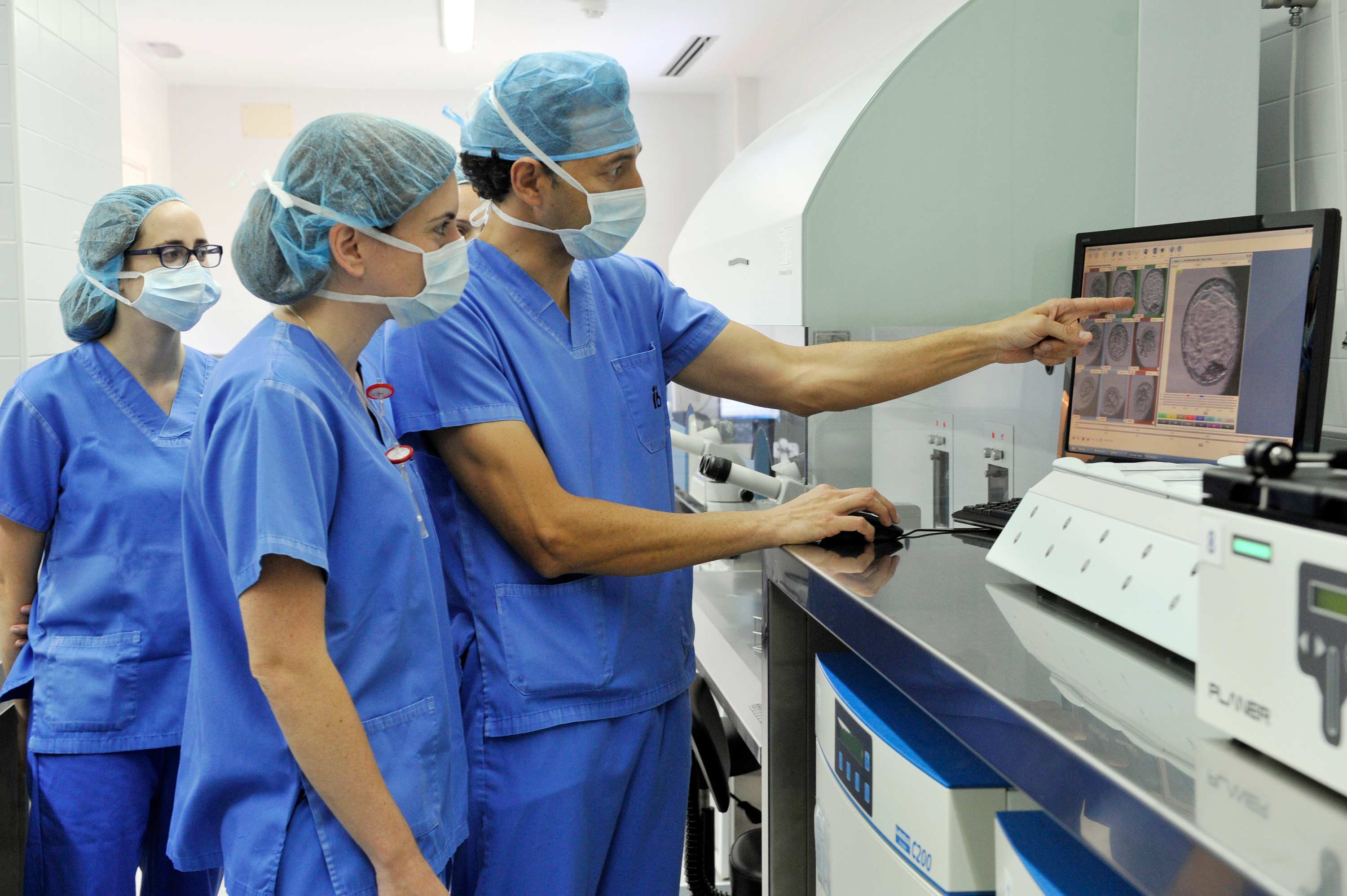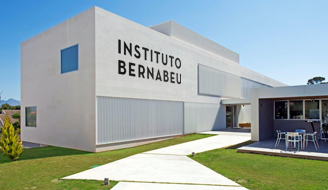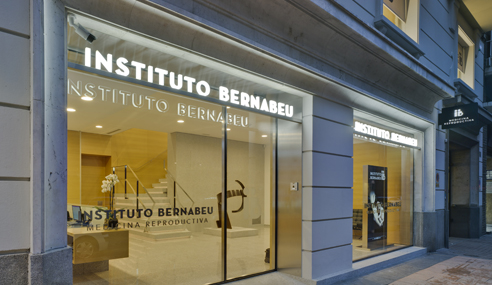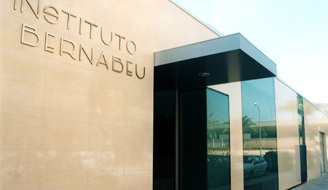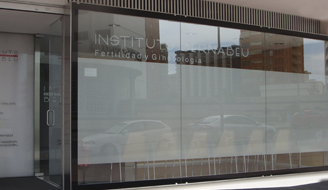IB research on vitrification of slower developing embryos on day 5.
There is increasing evidence to suggest an impact on endometrial receptivity during ovarian stimulation due, in part, to accelerated endometrial maturity leading to endometrium-embryo asynchrony. Elective embryo vitrification (EV) could resolve this issue but also extend treatment and this, in turn, would increase both costs and emotional stress for the couple. This makes determining in which cases EV is clearly beneficial, a priority. The aim of this piece of research, which was carried out in its entirety at Instituto Bernabeu, was to determine if there are specific advantages to EV in comparison with fresh transfer (FT) in the case of slow developing embryos on day 5.
Embryos that present slow embryo development during cultivation can be wrongly classified as having poor implantation potential when the problem may, in fact, be a question of endometrial asynchrony. Embryos of this type have better implantation rates when transferred during substituted endometrium preparation cycles and therefore require freezing.
This research, led by Dr Dori Rodríguez, has been accepted as an oral communication for the 31st SEF Congress due to be held in Malaga between the 19th and 21st May.
SLOWER DEVELOPING EMBRYOS ON DAY 5 SHOULD UNDERGO ELECTIVE VITRIFICATION. A. Rodriguez, J. Ll. Aparicio, J.A. Ortiz, J. Ten, Mª.C. Tió, J. Guerrero, R. Bernabeu.
